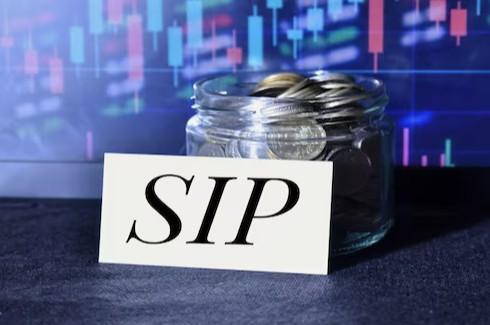
SIP Stoppage Ratio Hits All-Time High of 122%: A Cause for Concern?
The Systematic Investment Plan (SIP) stoppage ratio, which measures the percentage of discontinued or expired SIPs relative to new SIP registrations, has hit an all-time high of 122% in February this year, according to data from the Association of Mutual Funds in India (AMFI). This is a stark increase from the 109% stoppage ratio recorded in January. The alarming rise in SIP stoppage ratio has raised concerns among investors and market experts, who are trying to make sense of this trend.
A SIP is a popular investment option in India, where investors invest a fixed amount of money at regular intervals, usually monthly, in a mutual fund scheme. This approach helps investors to invest a fixed amount of money regularly, without having to worry about timing the market. SIPs have been a preferred choice for many investors, especially those who are new to the stock market or are looking for a disciplined approach to investing.
However, the recent spike in SIP stoppage ratio suggests that something is amiss. But what’s behind this trend? Is it a sign of investor fatigue, or are there other factors at play? Let’s dive deeper to understand the implications of this trend.
Why is the SIP stoppage ratio rising?
There could be several reasons contributing to the surge in SIP stoppage ratio. Some of the possible factors include:
- Market volatility: The Indian stock market has been witnessing increased volatility in recent times, driven by factors such as global events, economic uncertainty, and regulatory changes. This volatility can make investors nervous, leading them to stop or pause their SIPs.
- Lack of returns: With markets experiencing a slowdown, investors may be disappointed with the returns on their SIP investments, leading them to stop or pause their SIPs.
- Investor fatigue: SIPs require a disciplined approach to investing, which can be challenging for investors who are new to the market or are not used to regular investing. As investors face market fluctuations and poor returns, they may become frustrated and stop their SIPs.
- Regulatory changes: Recent regulatory changes, such as the introduction of the Securities and Exchange Board of India’s (SEBI) new norms for mutual funds, may have impacted investor behavior, leading to a rise in SIP stoppage ratio.
- Liquidity concerns: With the pandemic-induced lockdowns and economic uncertainty, investors may be concerned about the liquidity of their investments, leading them to stop or pause their SIPs.
What does this mean for investors?
The rising SIP stoppage ratio has significant implications for investors. Here are a few key takeaways:
- Investor education: The surge in SIP stoppage ratio highlights the need for investor education and awareness about the importance of disciplined investing and the benefits of staying invested for the long term.
- Investment strategy: Investors may need to revisit their investment strategy and consider a more diversified portfolio to minimize risk and maximize returns.
- Market timing: With markets experiencing volatility, investors may need to avoid trying to time the market and instead focus on a long-term approach to investing.
- SIP optimization: Investors may need to optimize their SIPs by adjusting the investment amount, frequency, or scheme to suit their financial goals and risk tolerance.
Conclusion
The SIP stoppage ratio hitting an all-time high of 122% is a cause for concern, but it’s not the end of the world. Investors need to stay informed, educated, and disciplined to navigate market fluctuations and optimize their investment returns. By understanding the factors contributing to the rise in SIP stoppage ratio, investors can make informed decisions and adapt their investment strategies to suit their needs.






